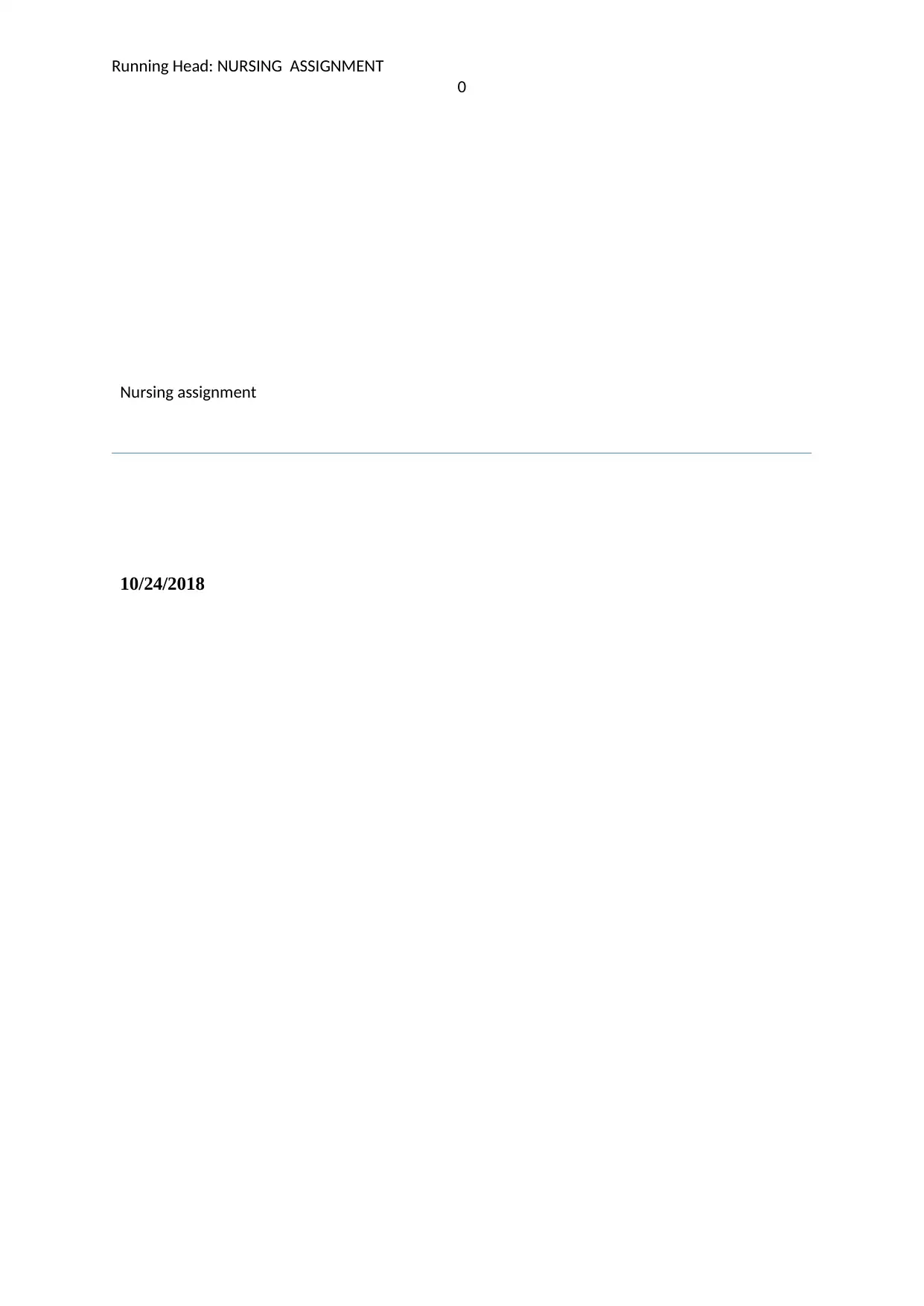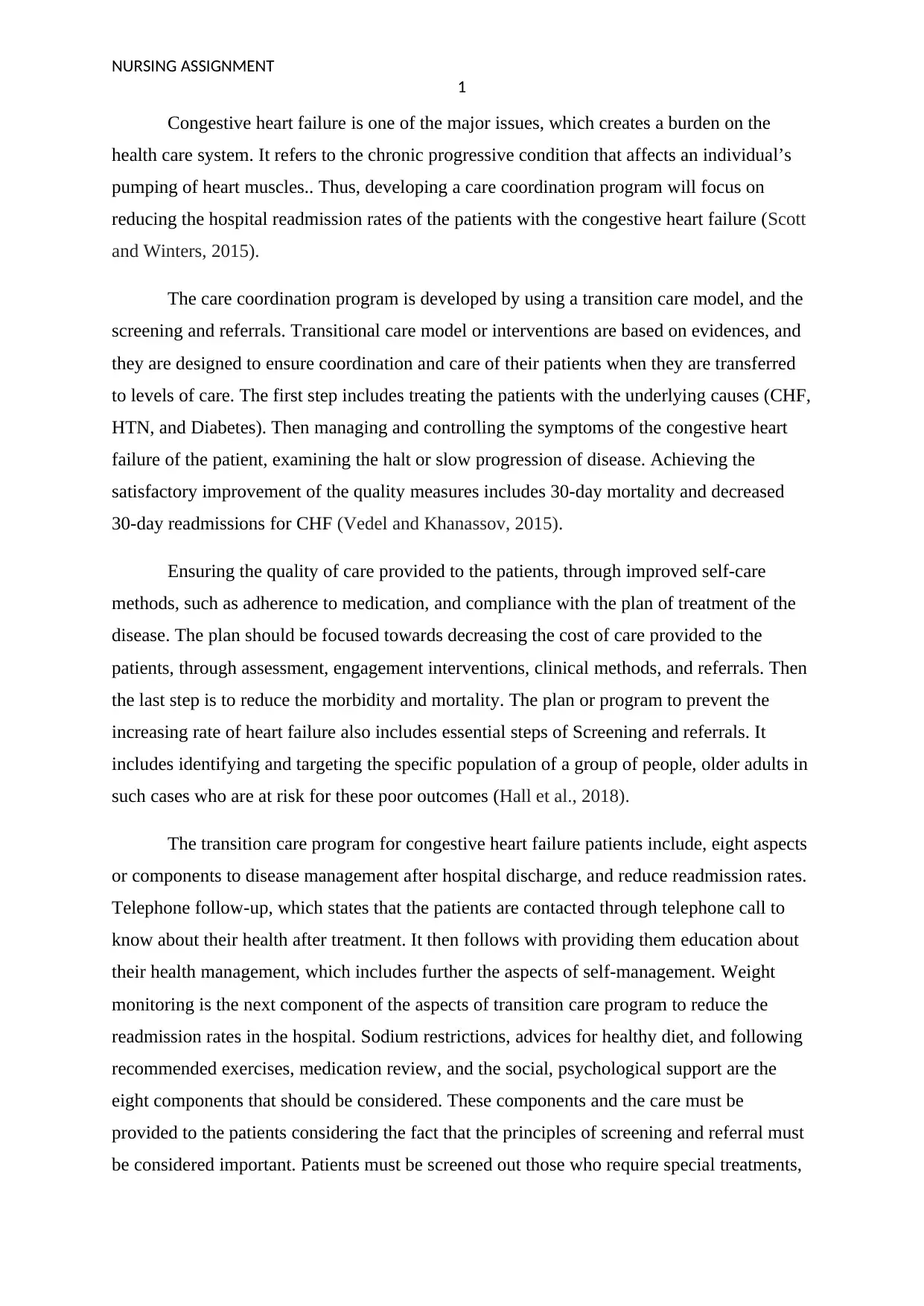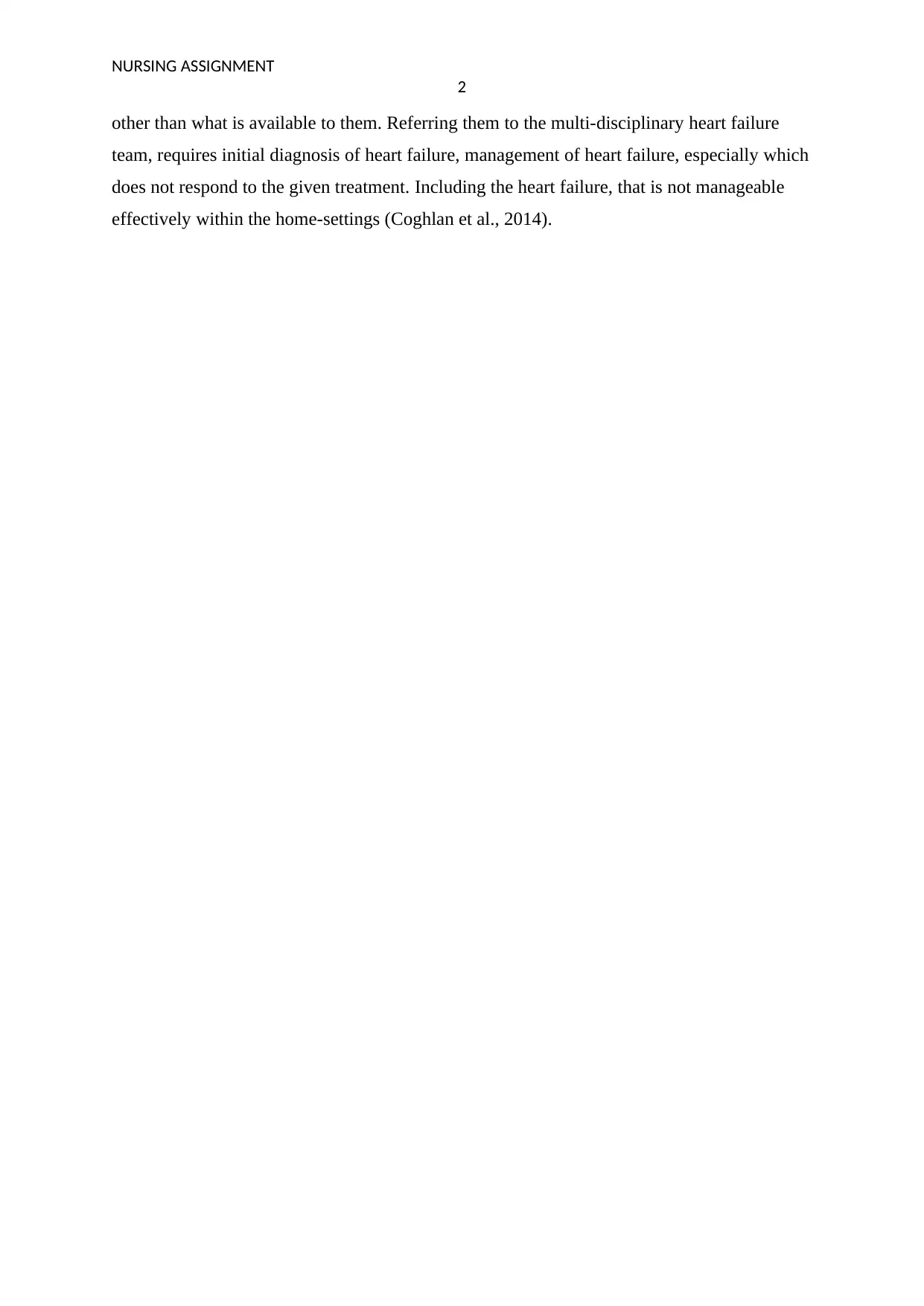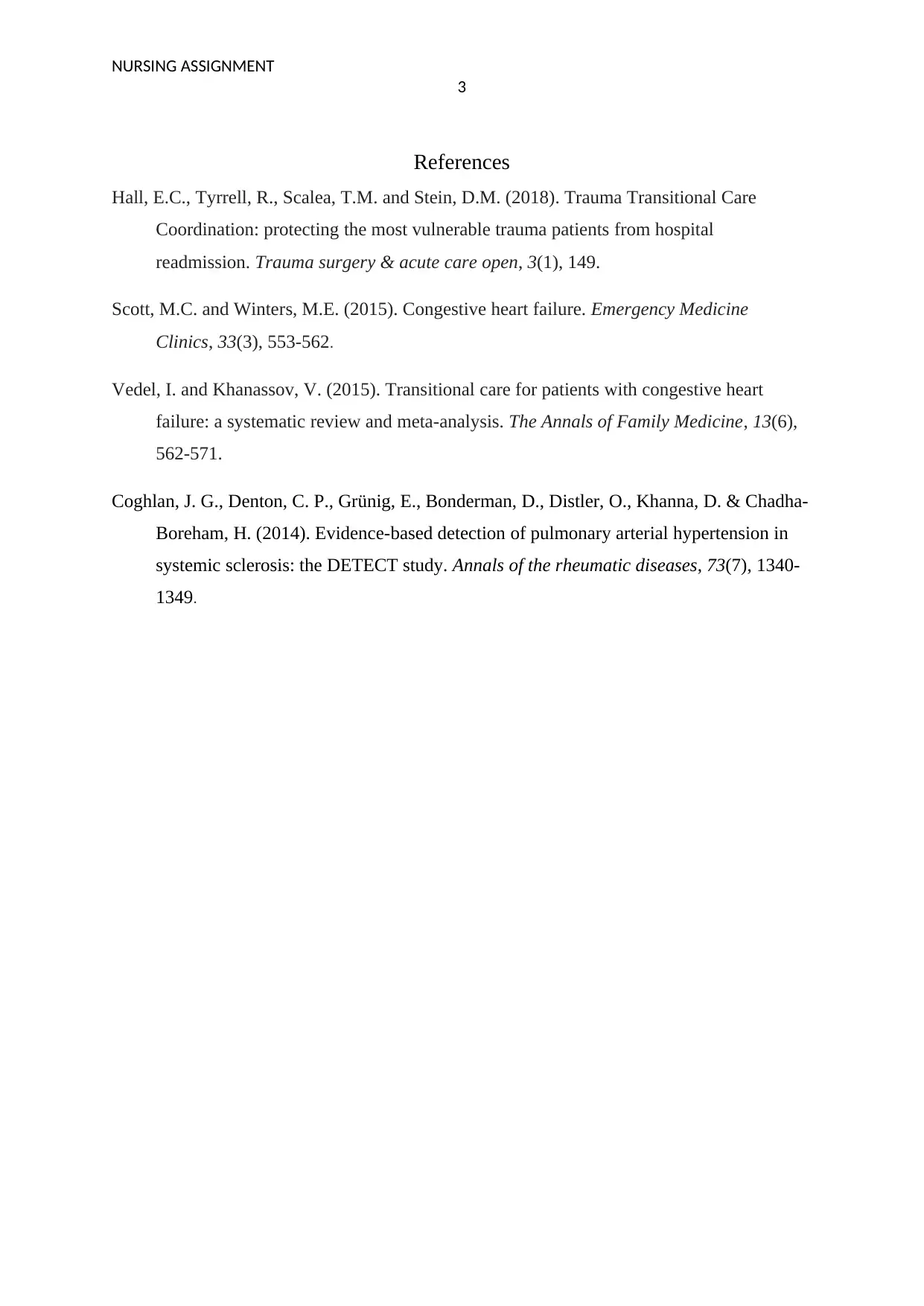Improving Outcomes: Care Coordination for Congestive Heart Failure
VerifiedAdded on 2023/06/03
|4
|730
|272
Essay
AI Summary
This essay explores the development of a care coordination program aimed at reducing hospital readmission rates for patients with congestive heart failure (CHF). The program utilizes a transition care model, focusing on screening and referrals, to ensure coordinated care as patients transition between different levels of care. Key components include treating underlying causes like CHF, hypertension, and diabetes, managing symptoms, and improving self-care methods such as medication adherence. The program emphasizes quality of care through reduced 30-day mortality and readmissions, cost reduction through assessment and clinical interventions, and ultimately, reduced morbidity and mortality. Essential steps involve identifying at-risk older adults, telephone follow-ups, patient education, weight monitoring, dietary advice, exercise recommendations, medication reviews, and social-psychological support. Patients requiring specialized treatment are referred to multi-disciplinary heart failure teams, particularly those whose conditions are unmanageable at home.
1 out of 4











![[object Object]](/_next/static/media/star-bottom.7253800d.svg)